
The Netherlands is the country of endless fields of tulips, cheese, and windmills. But it also is Myend’s home! Today we are discussing Dutch approaches to death.
Starting off at the Stone Age, we explore the megaliths tombs, known as Hunebedden. Thereafter, we discuss the protocol of Dutch Royal funerals as well as certain modern mortuary customs in the Netherlands. This includes death proverbs, poems and music, funeral insurance and cremation laws. Finally, we focus on euthanasia and its history in the Netherlands.
The Dutch Hunebedden are large stone grave structures, firstly used in the Neolithic period of the Stone Age (ca. 3450-3250 BC). They are a result of the spread of Funnelbeaker culture in North-central Europe.
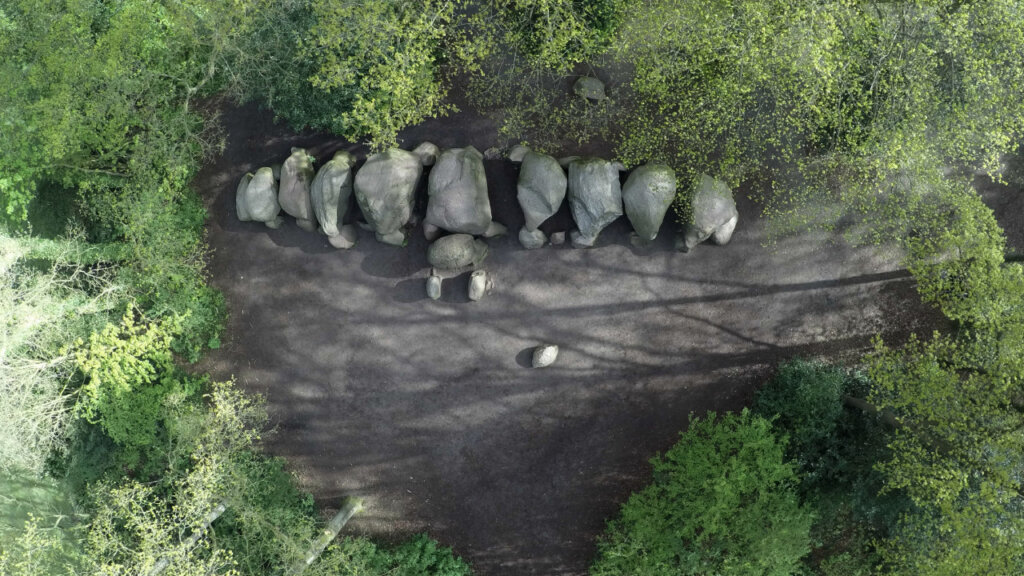
Researchers support that there were multiple subgroups of these peoples. As a result, the style of these megalithic graves varies between modern-day Netherlands and other countries such as Germany or Denmark. Furthermore, peoples of the Funnelbeaker culture continued using Hunebedden until around 2850 BC.
Most of the Hunebedden are in the province of Drenthe, and their number was originally around 100. Additionally, the first written source regarding the hunebedden was a letter of a Dutch monk in the mid-16th century.
According to this monk, the stones of the hunebedden were used as sacrificial stones. Moreover, locals sometimes would force strangers to crawl through the narrow passage under the stones.
At the same time, people were throwing dung at them. In addition to that, some hunebedden were used by priests as a pulpit – an elevated spot to make speeches from. Finally, the hunebed in the village of Schoonoord is still called the Papeloze Kerk – loosely translated to ‘priestless church’. This originally referred to the lack of catholic priests in the area since Protestantism was the dominant religion.
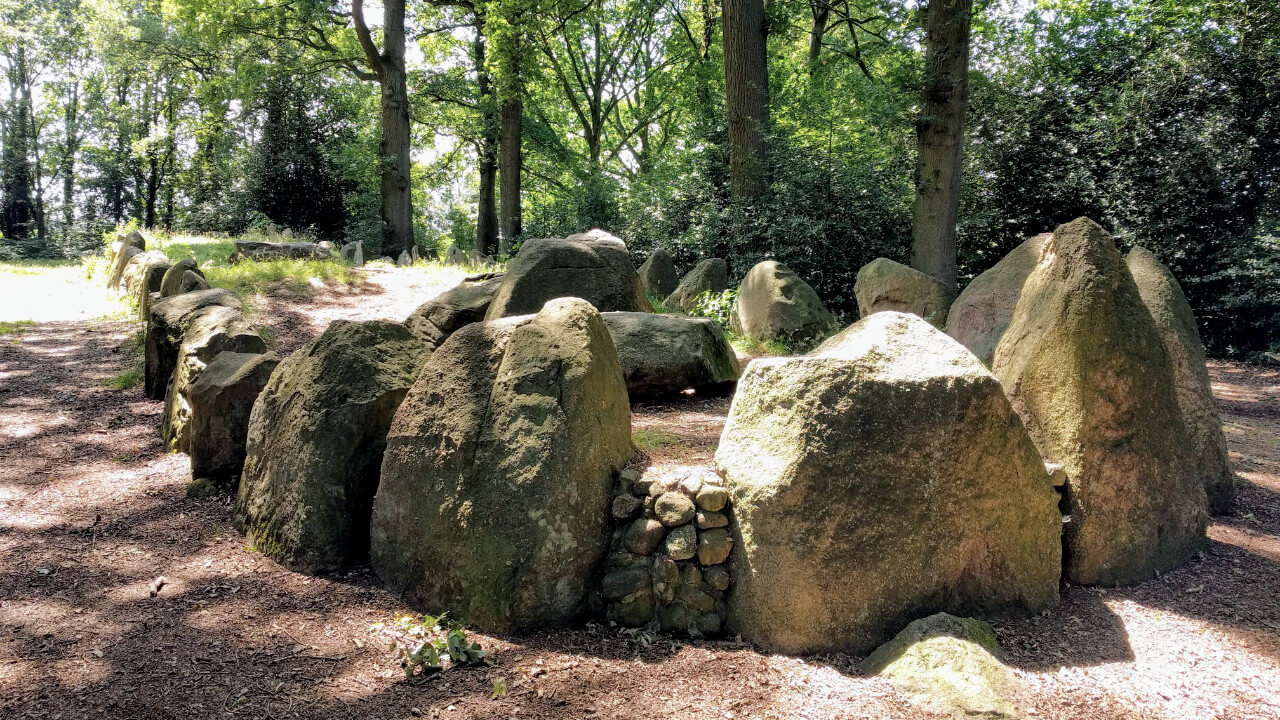
The Netherlands is actually a Kingdom, which of course means that there is a Royal family as well!
It is the job of the Prime Minister to announce the death of a Dutch Royal. Close family members and friends mourn the deceased royal soon after death in a private setting. After that, the body enters a lying-in-state phase in the Chapel of Rest (‘Chapelle ardente’) of the Noordeinde Palace. Moreover, this usually lasts for days.
On the day of the funeral, the procession starts at the Noordeinde Palace, in the Hague and heads to the Nieuwe Kerk (translated to New Church) in Delft. The Nieuwe Kerk is the final resting place of all members of the Dutch Royal House.
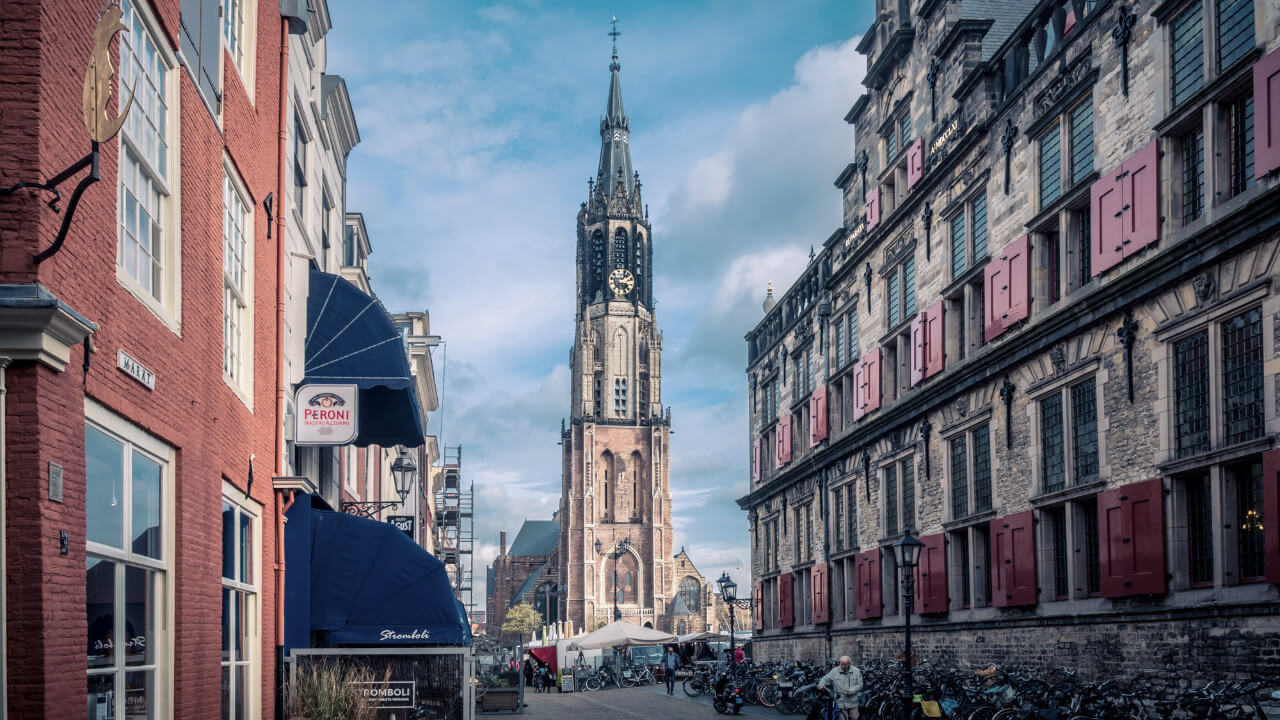
There are actually three carriages at the procession. Firstly, there is of course the horse hearse with the coffin. After that, though, comes a flower carriage and, finally, a third carriage with the closest relatives of the deceased. The rest of the Royal House joins the procession later at the Netherlands Defence Academy in Brasserskade. Finally, two batteries of the Dutch military shoot every minute as a salutation to the dead.
Moving away from ancient history and the Royal Family of the Netherlands, we focus on more everyday death practices in modern Dutch society.
There is a rising number of people that die alone in the Netherlands. That means, no family, friends or acquaintances. Therefore, there are funerals not attended by anyone. In order to find a more humane approach to that, a poet called F. Starik created the Poule des doods. In other words this refers to a pool of poets who write poems for these dead persons. The poem is then read at the unattended funeral in order to honor the lonely deceased.
Nowadays there is a poule des doods foundation (‘De Eenzame Uitvaart – the Lonely Funeral’). It even operates in multiple cities in the Netherlands and the Flemish region of Belgium.
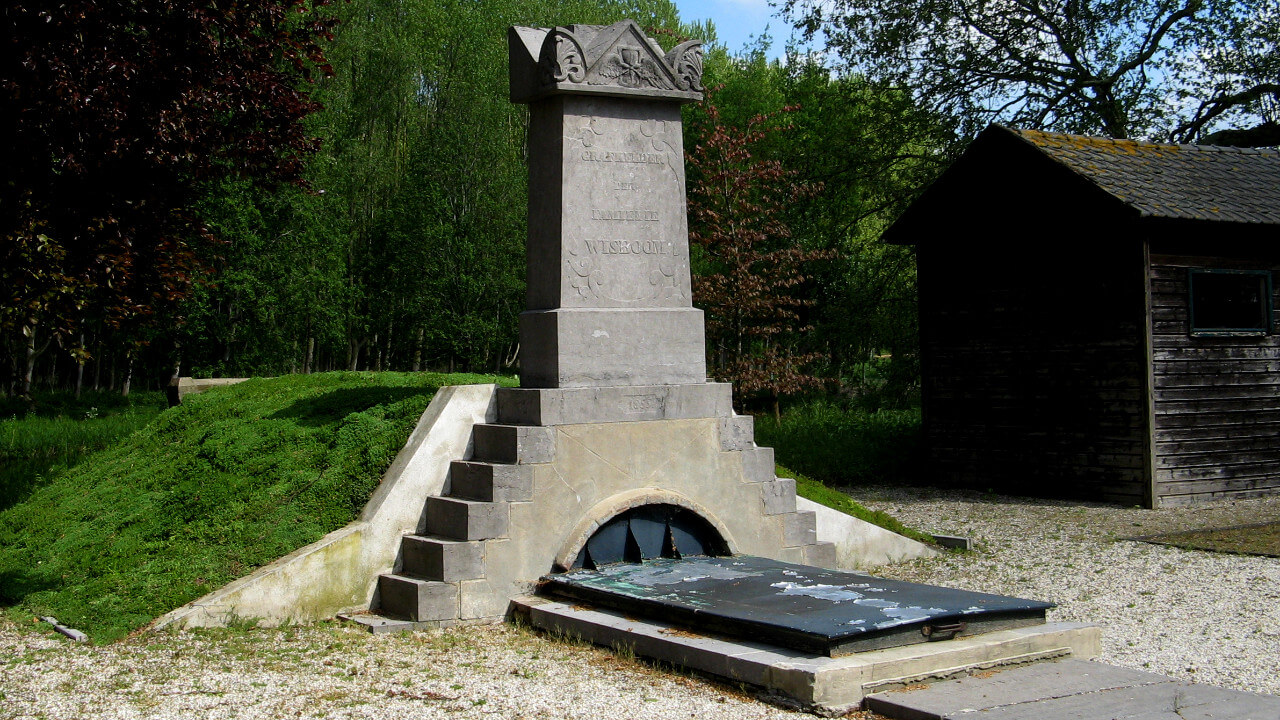
Death culture in the Netherlands experienced a rise of popularization of music in funerals. This includes not only Dutch songs but also international artists as well. For example, the most popular song at Dutch funerals is Time to Say Goodbye by Andrea Bocelli and Sara Brightman. Tears in Heaven by Eric Clapton comes next.
Finally, a frequent Dutch funeral song is Afscheid Nemen Bestaat Niet (translated to ‘there is no such thing as saying goodbye’) by Marco Borsato.

Except for funeral music, the Dutch also have certain proverbs around death. Moreover, they are often related to money! For example, “de een zijn dood is de ander zijn brood” translates to one’s death is another’s bread. And another goes:
"In een doodshemd zitten geen zakken "
This literally means: there are no pockets in a shroud, or in other words, you can’t take your money with you!
The Netherlands has a history with strong religious elements. However, it is already since the 1960s that religious institutions became gradually less relevant. This has also affected funeral practices.
For example, Christian customs traditionally dictated that the body should be buried. The more secular the Dutch became, the less they opted for this, though. In 2016 around 63% chose cremation instead of a burial.
Cremations – or burials! – have to take place within six days after death in the Netherlands. In addition to that, cremation regulations are quite important close to the borders. For example, people living close to the Southern borders, may choose to cremate their death in Belgium.
The reason for that is that Belgian cremation regulations allow for the family to receive the ashes already on the same day. Dutch regulations instead dictate that relatives have to wait up to four weeks before they can get the ashes of their deceased.
On the flip side, Germans often prefer to be cremated in the Netherlands because they can be present at the cremation. They also have more options in regards to what to do with the ashes. This flexibility is not necessarily present in German practices.
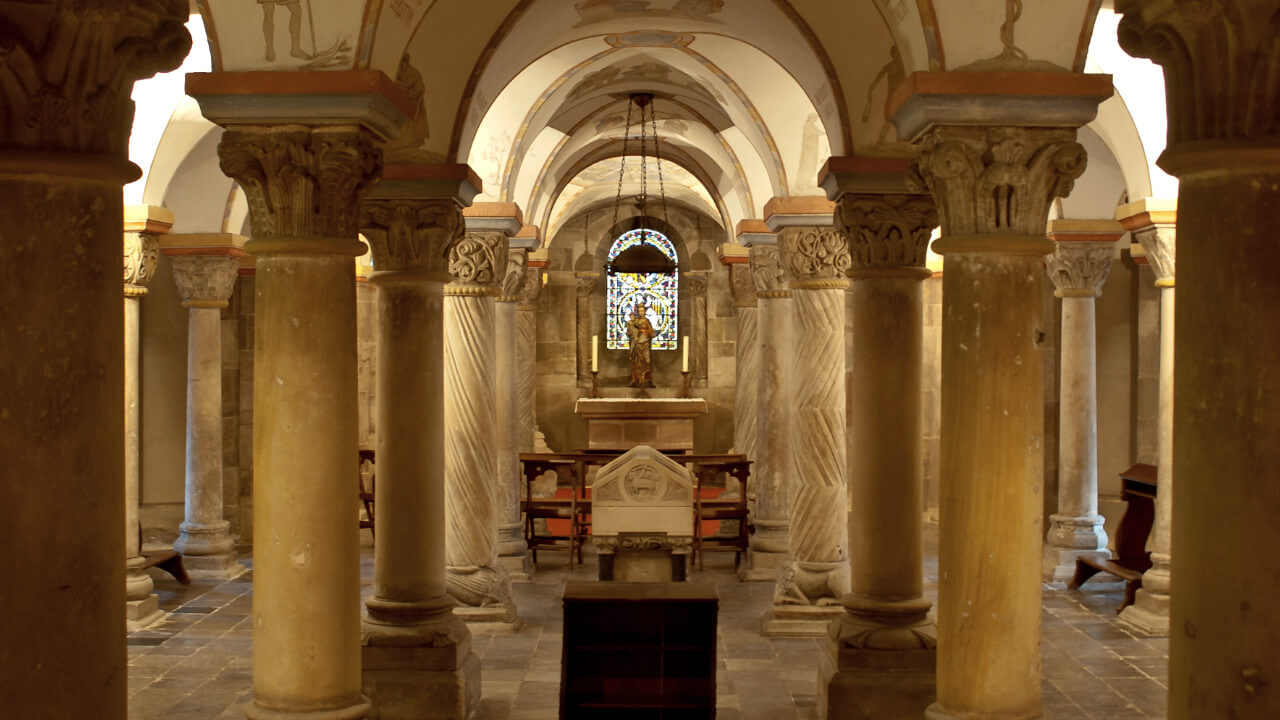
One of the lesser known facts about Dutch people is that most love being insured! From health and house insurances to travel insurances, most Dutch citizens have multiple insurances. Interestingly, approximately 60% of Dutch families also have funeral insurance!
This means that by paying a small amount every month, the Dutch make sure that they can receive a good funeral. In other words, they can die in dignity and independently, without forcing their relatives to pay for a lavish farewell.
This sense of being in control over your own death is present at our next topic, euthanasia.
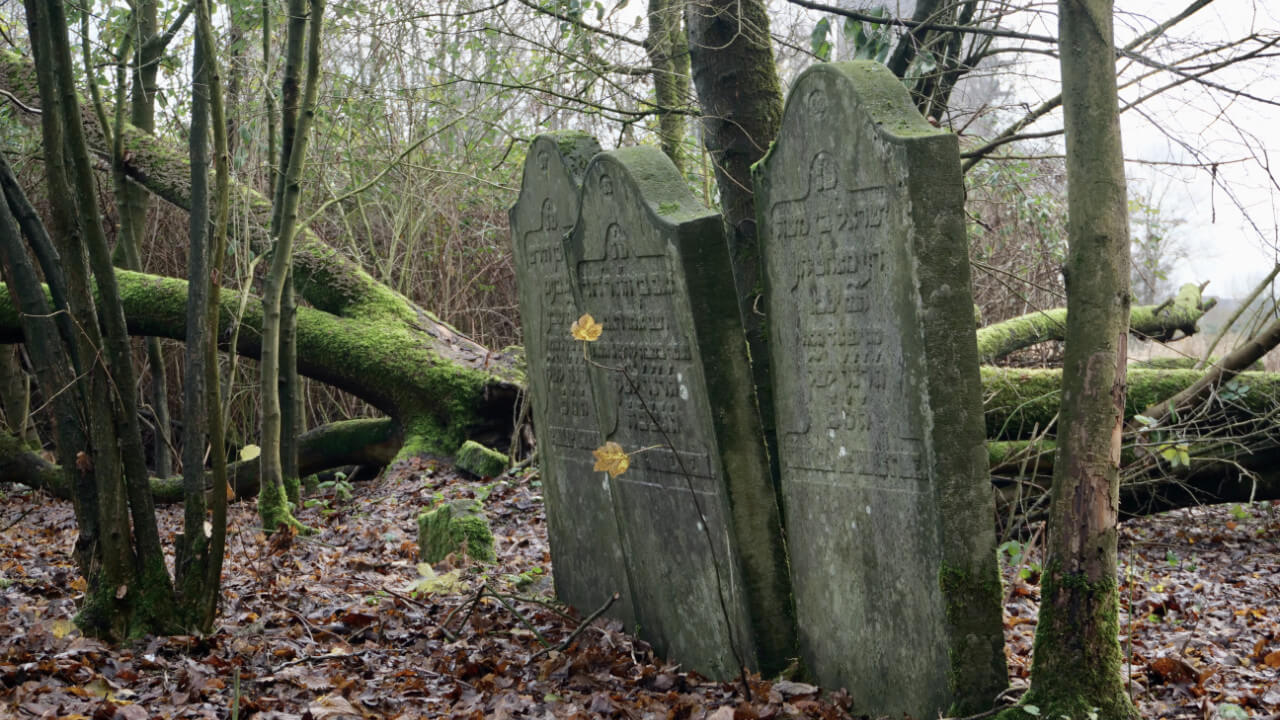
Although euthanasia in the Netherlands officially became legal in 2002, it was tolerated already during the 1990s. Specifically, euthanasia was introduced by the “Termination of Life on Request and Assisted Suicide Act” in 2001. This bill also focused physician-assisted suicide. More importantly, though, it introduced a list of strict criteria that the physician needs to follow when performing euthanasia.
Firstly, the condition of the person must be irreversible and include pain. Additionally, the patient must be aware of their situation and also exhibit persistence in wanting to be euthanized. Moreover, the doctor needs to be present when euthanasia is taking place.
However, prior to that the patient will need to have at least one more doctor verifying what the first doctor claims.
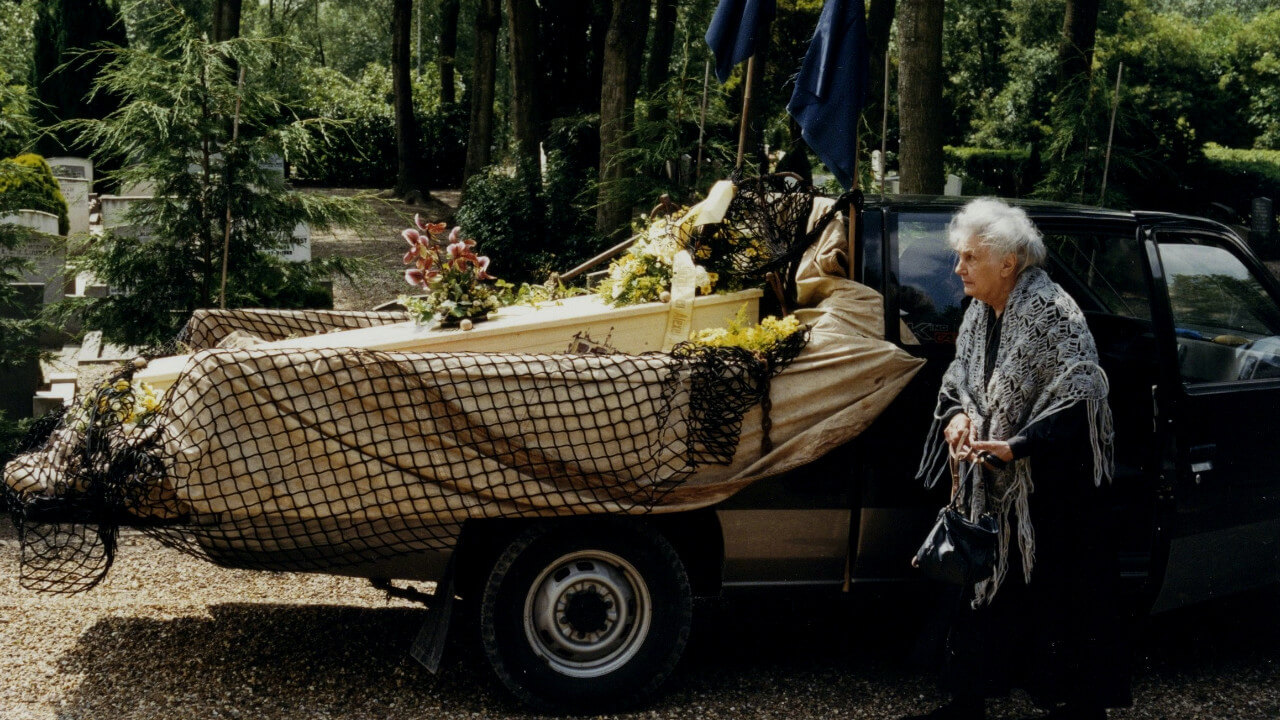
Finally, a condition requires for the patient to be at least 12 years old. For some, the controversy lies in the fact that child euthanasia is actually still performed in the Netherlands. The only additional requirement is that the Groningen Protocol needs to be followed. This was developed by Dr. E. Verhagen upon his own experience working with such children.
Nevertheless, euthanasia remains a particular testament of Dutch values such as independence, dignity and self-control.
The average mixed death rate in the Netherlands is 8,8 per 1.000 people (2019). Interestingly, 2018’s death rate was the second highest recorded in modern Dutch history. The first one was 9 per 1.000 people in 1993.
The dutch usually bury their dead soon after death but not immediately. They have to bury or cremate the body within six days after death, according to Dutch Law.
As we mentioned above, Christianity was dominating Dutch society for over ten centuries. In the late 19th century around 60% of the Netherlands was adhering to Calvinism, one of the main schools of Protestantism. Almost all the rest (35%) were Catholic. Nowadays however, the Netherlands is a secular country (50,1%), with Catholicism coming next. Following that, there are Protestants and a considerable Muslim community. Finally, 82% of the population support that they rarely/never visited a church, while 59% have never been to a church at all (2015).
The rate of utilized organs in the Netherlands was 14,91 per million people (2020). That corresponds to 255 actual donated organs that doctors used for transplantations.